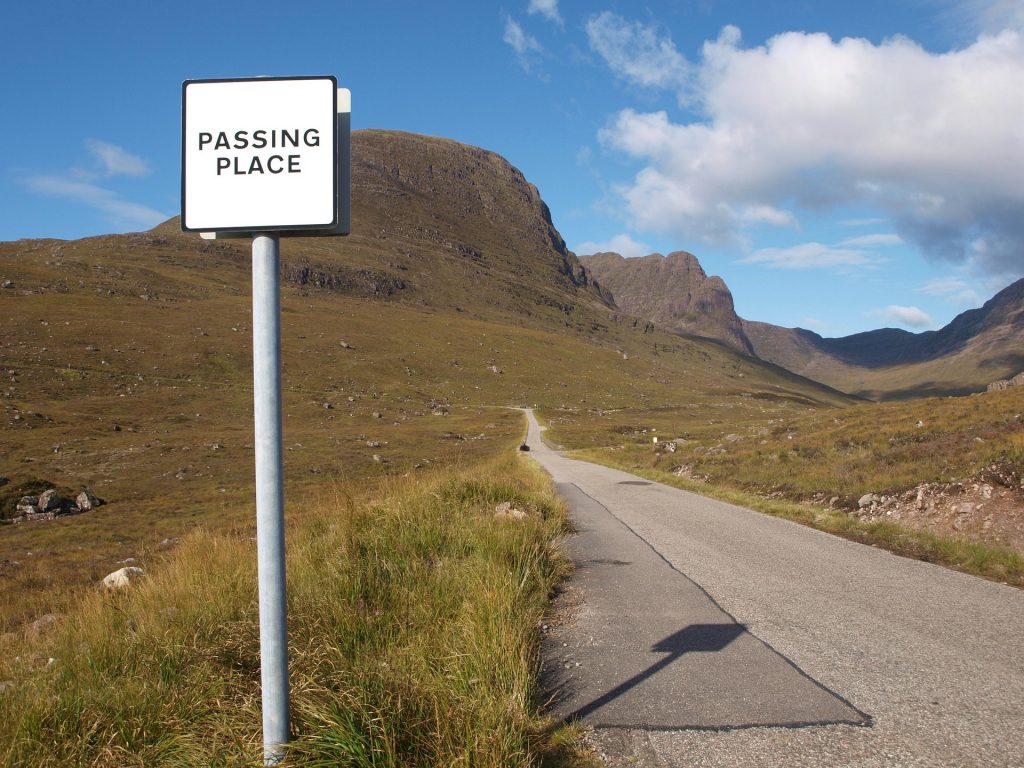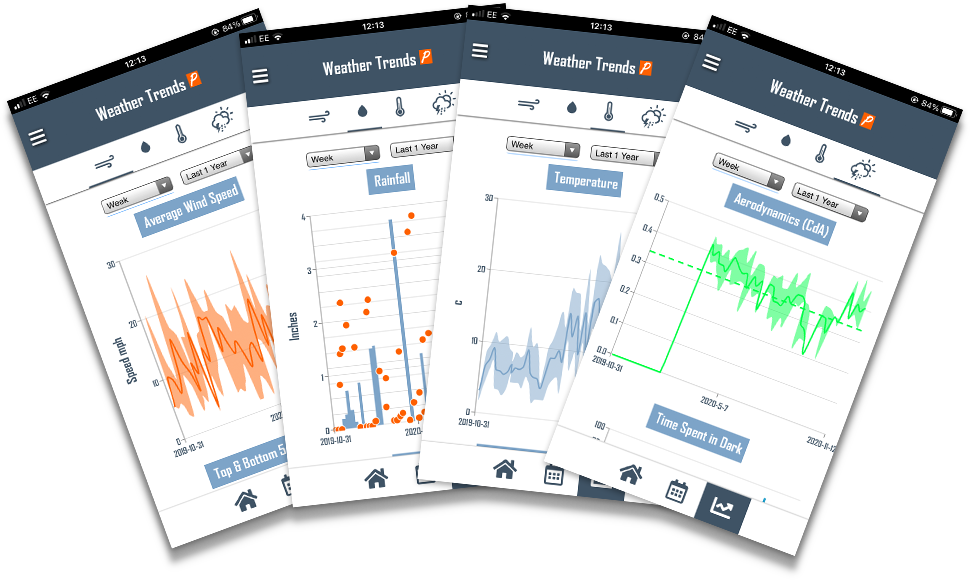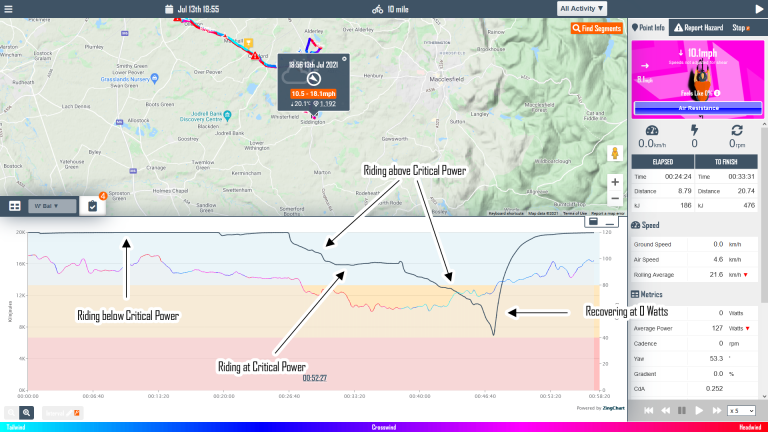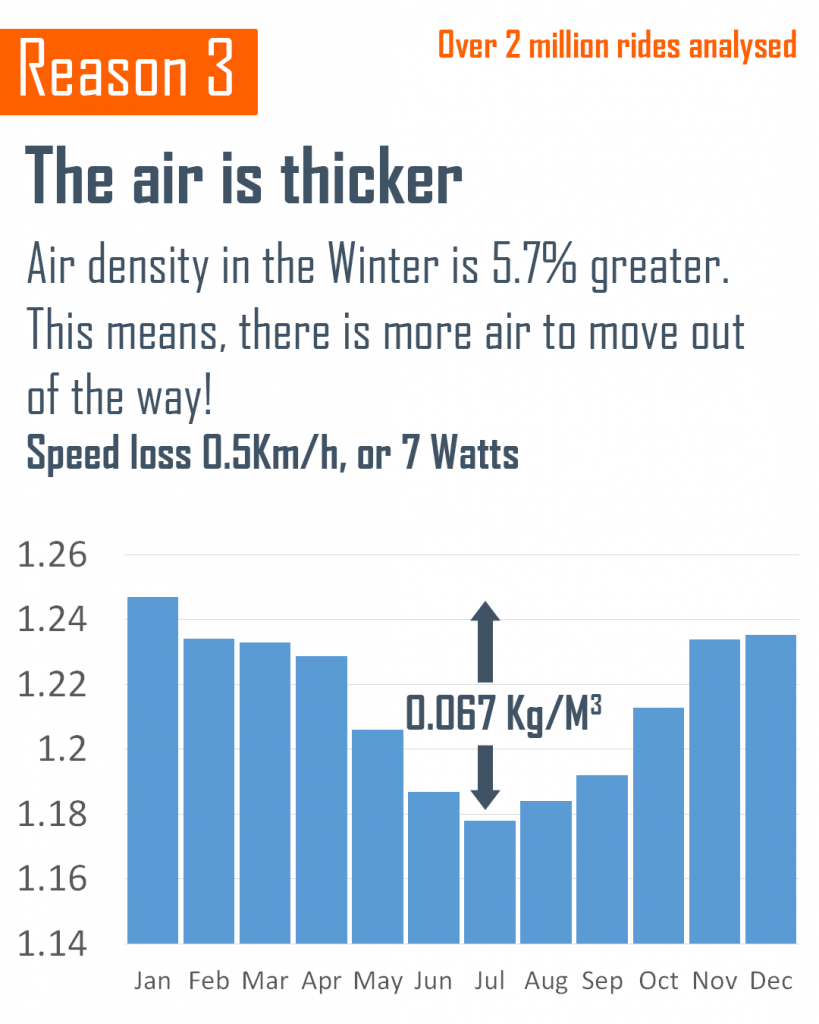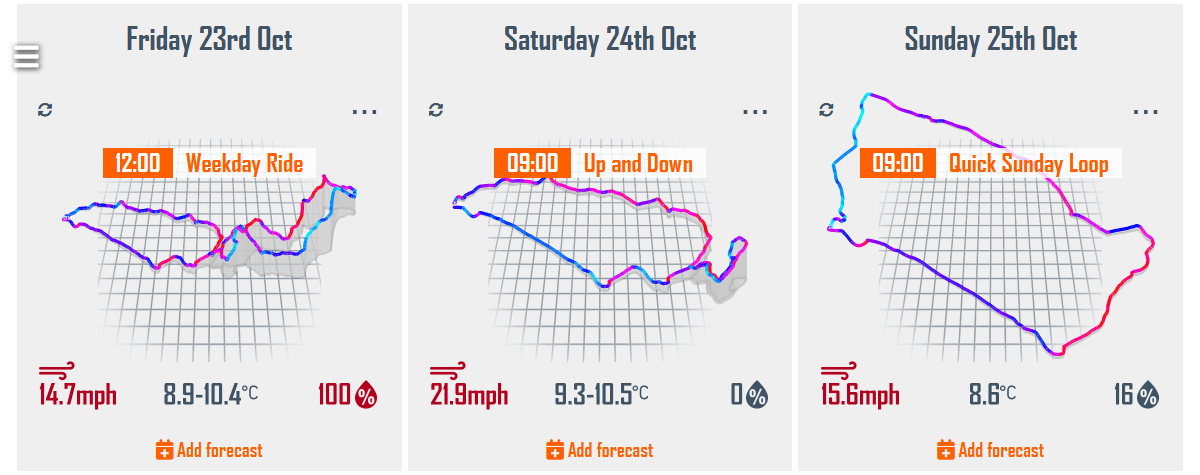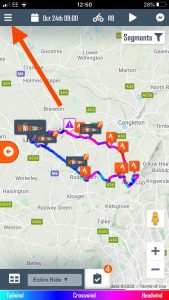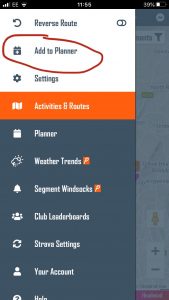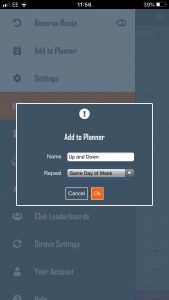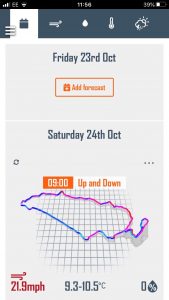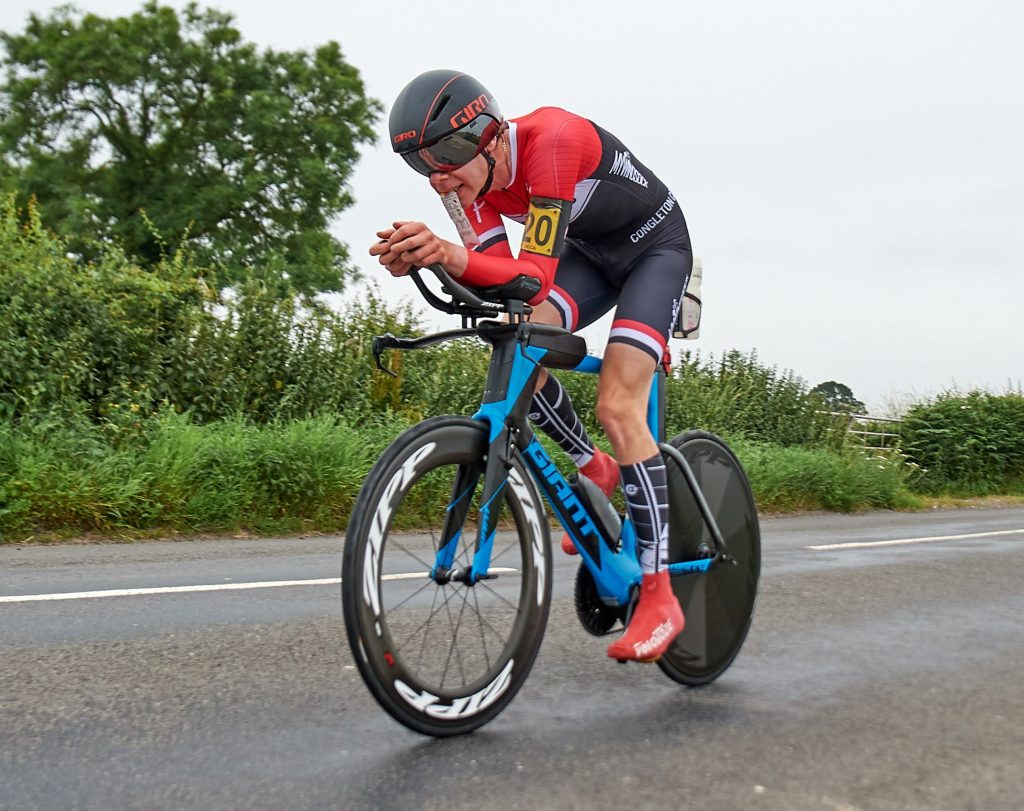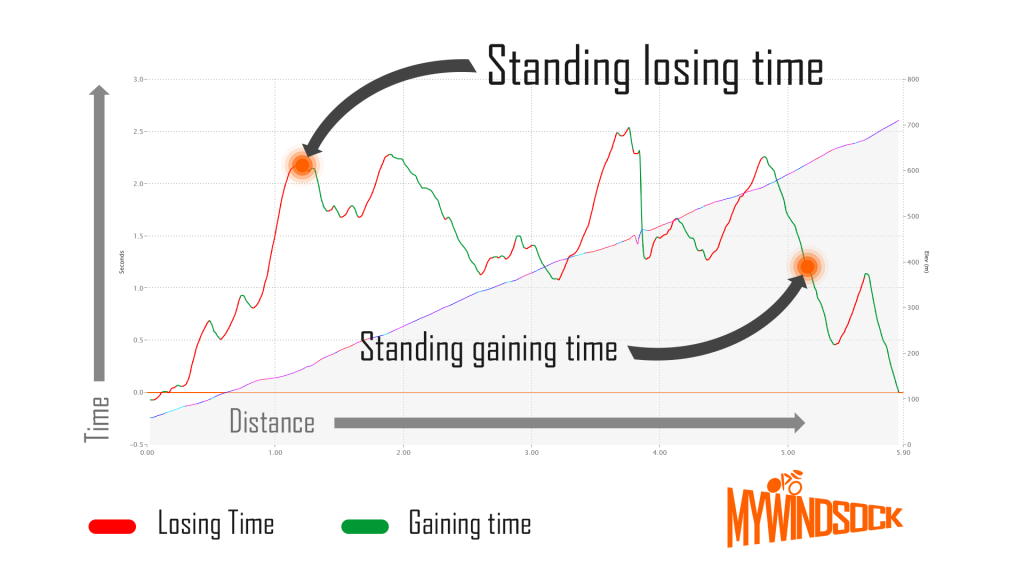Hello readers of the myWindsock blog, lately you’ll have noticed we’ve been a little quiet here. This is because we have been working on partner content with CTT and NoPinz but we are back today and I (Tom) have signed up for a TT this coming weekend! I thought it might be a good opportunity to do a mini series on how I will use myWindsock to get ready for this TT, predict my performance and plan my ride.
The race is a road bike time trial – this means I’ll not be allowed a TT specific bike or helmet – as well as restrictions on the kind of wheels I can use. It’s a 15 mile time trial on the H15/10 near Maidenhead.
Luckily, I’ve done a few road bike time trials so I have plenty of previous data to help me prepare.
Predicting the race duration
The first step is to figure out roughly how long the race is going to take me. For this, I’ll need a cda value to plug into myWindsock. Using a time trial I did in August last year on my road bike I can get a value for my cda which will be relatively accurate. The stats from the race are below…
I didn’t have a great day averaging a lower power than I wanted, but the race has come in handy as I can use it to hopefully have a better day in future! A good example of why getting out to race is rarely a bad shout! From this race we can use my live cda plot to predict performance at another TT.
This plot shows us how cda develops with time and generally there’s a couple of key takeaways from it…
- My cda on descents doesn’t vary a huge amount, but does get slightly lower as I go down hill.
- I sit up way too much on faster climbs – this is something to avoid in my coming race.
- My flat cda is around .253, descent cda around .247 and climb cda around .270.
The second step is to figure out how much power I can do at my race. The previous race we used to calculate my cda wasn’t representative of my abilities at the moment but recently I’ve done a critical power test. The outcome of this test put my critical power at 360W bang on – this is the power I’ll aim to average during the course of my TT at first and make micro-adjustments based on predicted race duration.
Plugging these numbers gives me a time of 34:39, or a speed of 43.2km/h… Stay tuned for tomorrow’s blog on my power plan, with a weather impact of 4.5% predicted, he who rides the smartest in the wind will prevail!




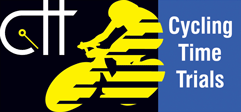 UK Time Trial Events
UK Time Trial Events